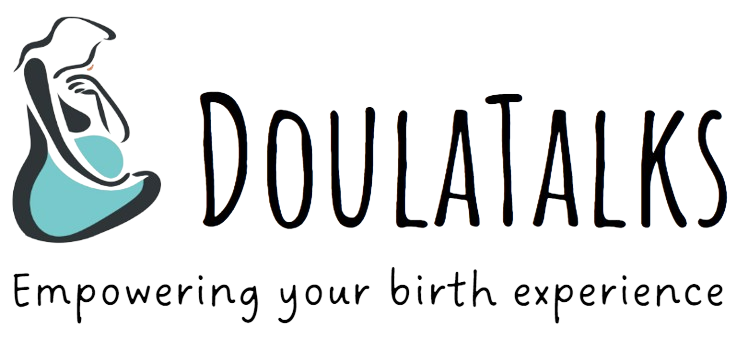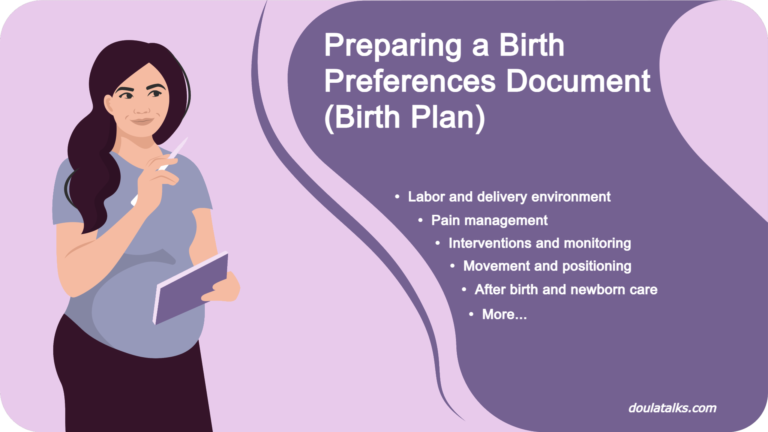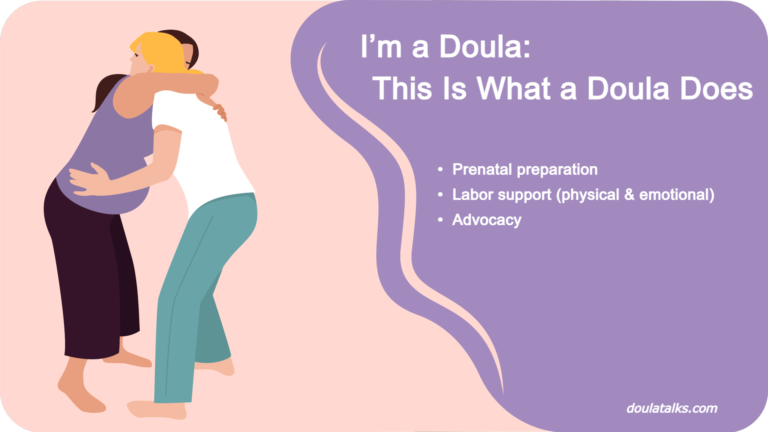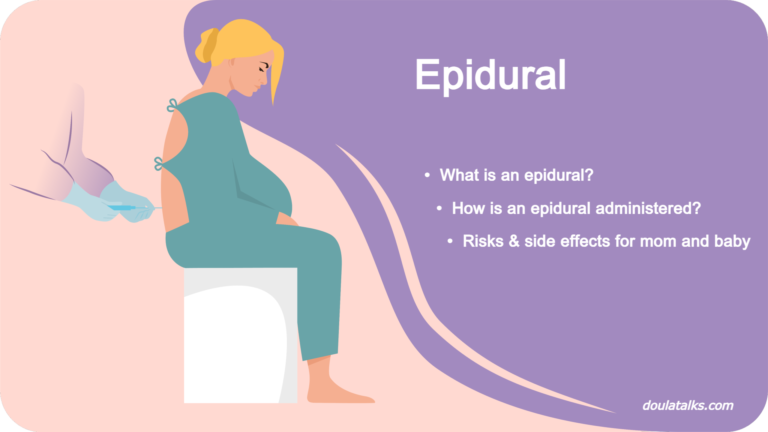Natural Ways to Manage Labor Contractions
Labor contractions are a natural part of the childbirth process. While experiencing pain during labor is normal, there are several natural ways to help manage labor contractions and make the process more manageable.
By Liat Salomon, doula
February 27, 2024
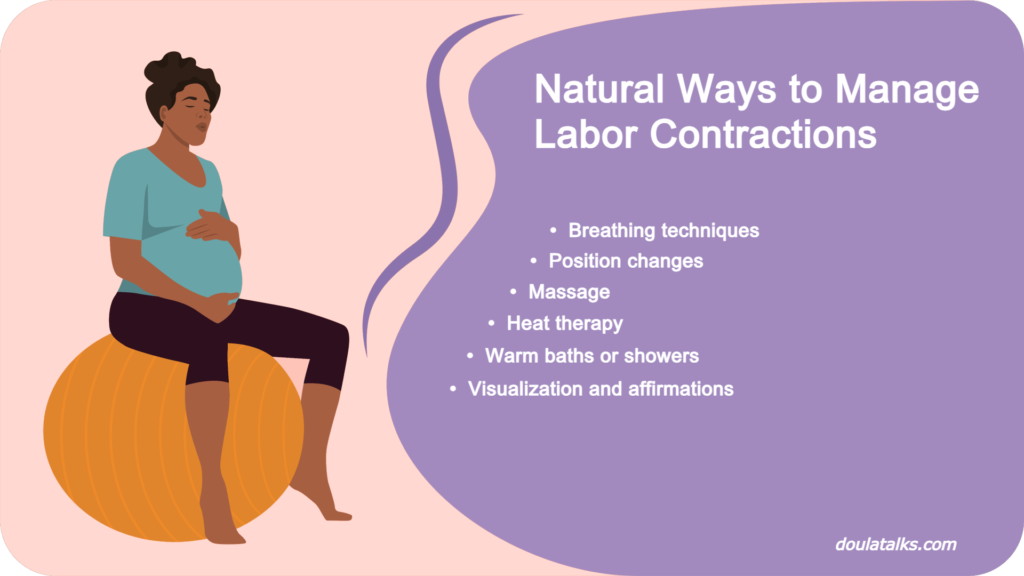
In This Article:
Natural ways to manage labor contractions
It’s important to remember that every pregnancy and labor experience is unique, so what works for one person may not work for another. Here are some natural ways to manage labor contractions:
Breathing techniques
- Deep breathing: Inhale slowly through your nose, allowing your abdomen to rise, and then exhale slowly through your mouth. Try to control your breath, and almost “surf” on it. Also, see if you can feel (when practicing) that with every exhale, you relax your perineum. Making low sounds or grunting can be a way to release tension and manage the discomfort of contractions.
Relaxation techniques
- In the weeks leading to the birth, learn and practice Hypnobirthing meditations. One very good tool is the GentleBirth app, which offers a variety of great meditations.
- Visualization: Close your eyes and imagine a peaceful place or visualize your baby descending through the birth canal. This should also be practiced in the weeks before the birth; during birth you will not struggle with trying to think of a place or a time, and your body will already be “programmed” to do it almost on command.
Position changes
- Change positions frequently: Walking, swaying, rocking, or changing your position can help ease discomfort. You can take short walks around your room or corridor, or simply sway back and forth while standing.
- Use a birthing ball: Sitting on a birthing ball and gently rocking back and forth or in a circular motion can provide relief.
- Use a birthing stool, and if you do not have access to one, sitting backward on the toilet can offer the same effect.
Hydration and nutrition
- Stay hydrated: Drink water or clear fluids to prevent dehydration. Coconut water is a good alternative but keep away from other fruit juices.
- Eat light, easily digestible snacks: An omelet, yogurt, salads, and soups are great.
Massage
- Gentle lower back or foot massages from a partner or a trained doula can help relax tense muscles and reduce discomfort.
Heat therapy
- Warm compresses or a heating pad on your lower back or abdomen can alleviate pain.
- I love using the good ol’ hot water bottles.
Aromatherapy
- Some women find relief through the use of calming essential oils like lavender or chamomile. Ensure you’re in a well-ventilated room and use tissue paper or a separate cloth to put the oil on (in case you become nauseous).
Music and distraction
- Create a playlist of soothing music or listen to guided relaxation exercises to divert your attention from the pain.
Support and encouragement
- Think of affirmations that might help you manage contraction and regain confidence in your ability to keep going.
Warm baths or showers
- Soaking in a warm bath or taking a warm shower can help relax your muscles and ease tension. Note: Sitting in a bath is not recommended if your water already broke.
Visualization and affirmations
- Create positive affirmations to focus your mind on the strength and power of your body during labor.
Also Read:
Should I try to sleep through contractions?
Sleeping through contractions during the early stages of labor is highly recommended. Resting during this phase can help you conserve energy for the more active phase of labor when contractions become more intense and frequent.
The side-lying position is often considered the most comfortable. Here’s how to do it:
- Lie on your side with your knees slightly bent.
- Place a pillow between your knees to support your hips and keep your spine aligned.
- Use another pillow to support your head and neck.
- You can switch sides if one side becomes uncomfortable, or you can lie on your preferred side.
This position is beneficial for several reasons:
- It helps relieve pressure on your back, which can be especially helpful if you’re experiencing back labor.
- It allows for good blood circulation to both you and your baby.
- It’s a relaxed and natural position that can make it easier to fall asleep or rest between contractions.
It’s essential to listen to your body and adjust your position as needed. Be prepared to change positions or use other comfort measures as your labor advances.
Other positions to try to get relief
Here are some positions that you can use to try to find relief:
Sitting upright or semi-reclined
- Sitting up slightly or reclining in a semi-upright position can also provide relief during early labor.
- Use pillows or cushions to support your back and find a comfortable angle.
Supported hands and knees
- Some women find relief from back pain by getting on their hands and knees, either on a bed or on the floor. This position can help take pressure off the lower back.
Prenatal yoga poses
- Prenatal yoga poses, such as the child’s pose or cat-cow stretch, can help you find relief and relaxation.
I wish you a wonderful and happy birth!
Questions?
If you have any questions about this topic/article, please feel free to contact me through email at: liat@doulatalks.com
Liat Salomon is a certified doula since 2010 and is working in the San Francisco Bay Area in California. She has assisted in hundreds of births and has extensive experience with VBAC.
The information in this article does not constitute medical advice or diagnosis. It is meant for informational purposes only.
Related Articles:

